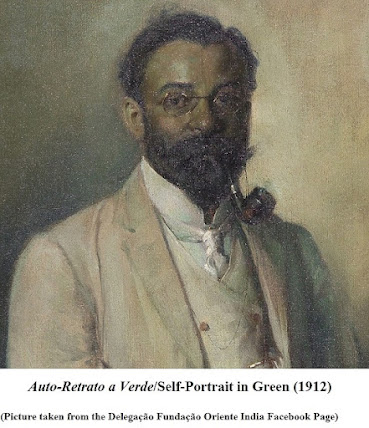Preserving Goan Religious Heritage – 1 Roman Catholic Religious Monuments

The conference titled 'Challenges for the Preservation of the Diverse Goan Religious Heritages' was held at Fundação Oriente India in Panjim on the 18 th of March 2018. Joaquim R Santos (University of Lisbon), Vishvesh Kandolkar (Goa College of Architecture), Amita Kanekar (Al-Zulaij Collective), and Gulafshan Khan (Deccan College of Pune) presented perspectives on the heritage of various religions in Goa. Architect and research scholar Joaquim Santos spoke about the Catholic religious architecture in Goa and deterrents to its preservation. Some of the apathy towards caring for Catholic structures and even conscious destruction of Catholic monuments could be traced to an animosity towards the Portuguese regime. Perhaps it is because these stand as an ideological and political reminder of that time with the obvious Portuguese influence on the architecture. In 1934, all the significant churches in Old Goa were listed as national monuments. When Goa became part of India, the

.jpg)


